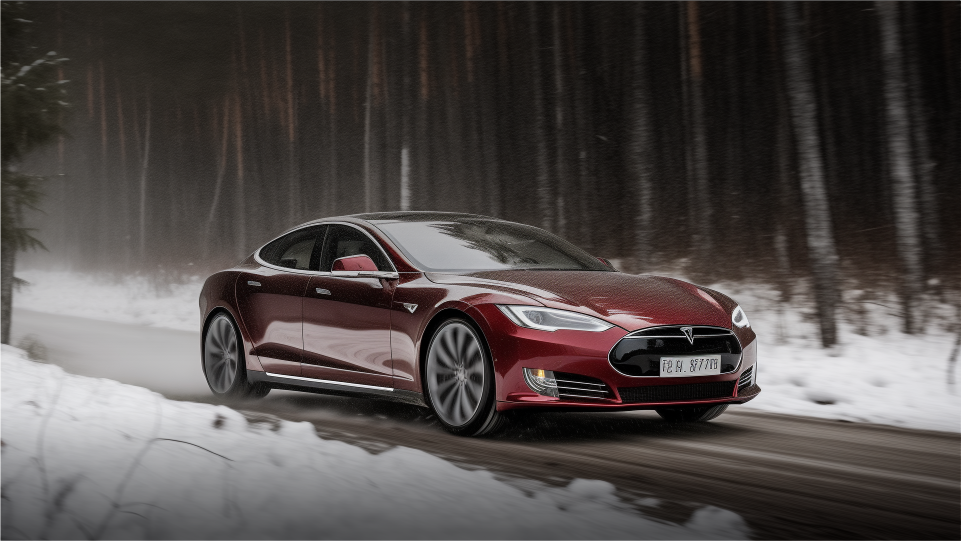In our blog Using your electric car to power your house we talked about the technique behind bidirectional charging of an electric vehicle. But what about the electric engine of an EV? Where does the energy come from and how does it get distributed inside the car, to ultimately create forward movement?
In a world increasingly conscious of environmental sustainability, electric cars are a beacon of innovation and efficiency. Understanding how these vehicles generate charge and utilize electricity is crucial for anyone interested in the future of transportation. This blog post delves into the mechanics of electric cars, exploring how they function solely on electricity, their power generation, and the distribution of this power within the vehicle.
Driving on electricity: the basics
Electric cars represent a significant shift from traditional fossil fuel-powered vehicles. At their core, these vehicles operate using an electric motor powered by a rechargeable battery pack, instead of an internal combustion engine. This transition from burning fossil fuels to using stored electricity is a cornerstone in reducing carbon emissions and enhancing energy efficiency.
Power generation: the heart of electric cars
The primary source of power in an electric car is its battery pack, typically lithium-ion batteries, known for their high energy density and longevity. These batteries store electrical energy that powers the electric motor. When you accelerate, the battery delivers electricity to the motor, converting electrical energy into mechanical energy, thus propelling the car forward.
Charging these batteries is a straightforward process, akin to charging any battery-powered device. You can charge an electric car by plugging it into a charging station or a standard electrical outlet. The time it takes to charge varies depending on the car model and the charging station's power output.
Electricity distribution: a smooth flow
The distribution of electricity in an electric car is managed efficiently through a sophisticated system. Once the battery supplies power, it’s directed through an inverter. This inverter plays a crucial role as it converts direct current (DC) from the battery into alternating current (AC), which is required by the electric motor.
The car's onboard computer system meticulously manages this power distribution to ensure optimal performance and energy efficiency. It regulates the amount of energy sent to the motor, controlling speed and torque, and thus the car's overall performance.
Advantages over fossil fuels
Electric cars offer several advantages over their fossil-fuel counterparts. The most prominent is the reduction in greenhouse gas emissions, as electric cars produce zero tailpipe emissions. Additionally, they are often more efficient in converting stored energy into driving power, leading to better energy utilization.
The road ahead
The future of electric cars is promising, with advancements in battery technology, charging infrastructure, and energy efficiency continually unfolding. As we embrace this electric revolution, understanding how these vehicles generate and use charge is essential for appreciating their role in shaping a more sustainable future.





